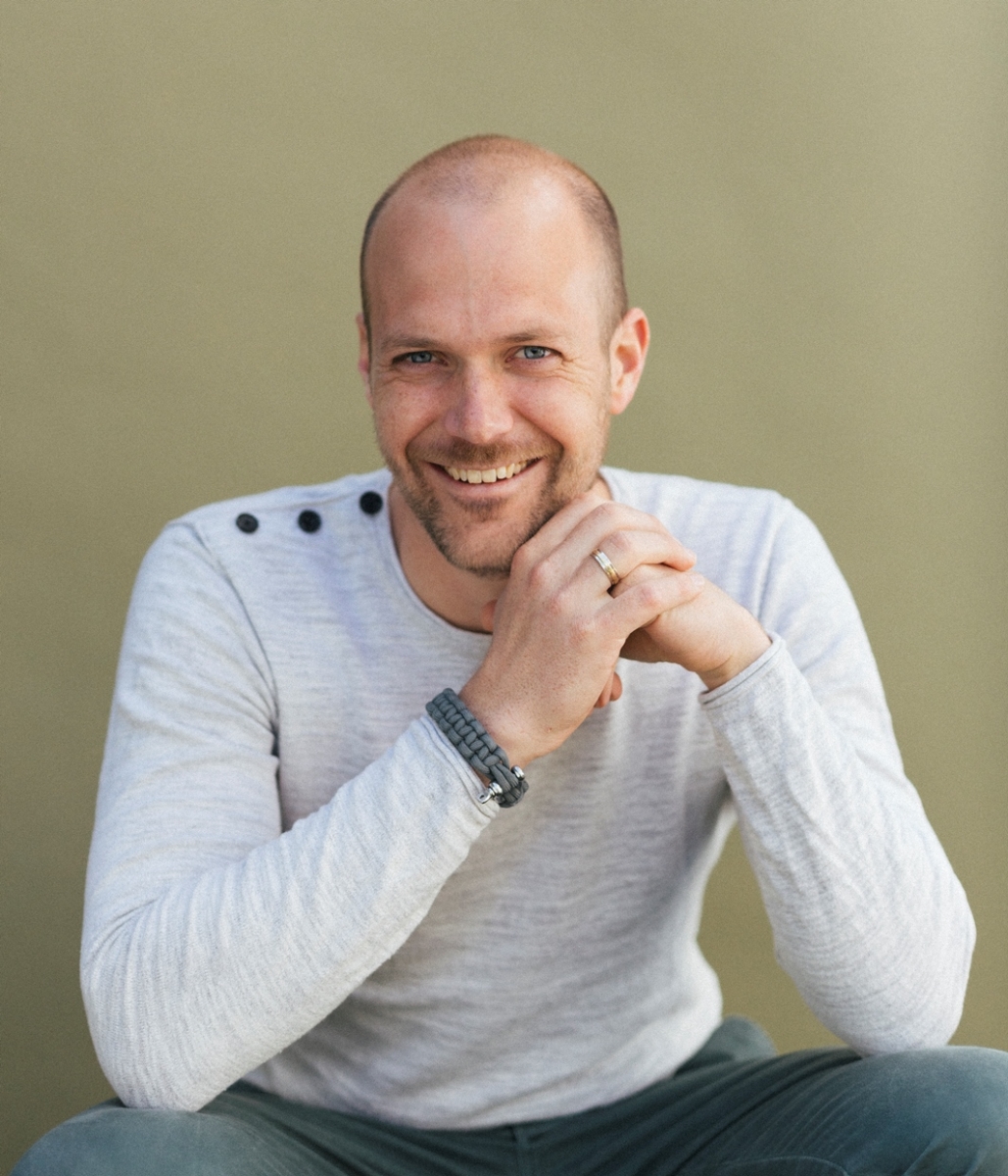Museon
ICH practitioners are involved in the domains of oral traditions and expressions, including language as a vehicle of the intangible cultural heritage, and social practices, rituals and festive event. This includes native consultations (Wayana-indians from Surinam + Inuit from Greenland; enriching our collection from their perspective, experiences and knowledge), co-creation processes (cooperation in the development of small-scale exhibits and live-events) centering around the tambú, and exhibitions (storytelling as part of exhibition; Inupiat from Alaska and I-Kiribati from the Pacific).
Photo: (c) Emmy de Graaf
Tambú – Caribbean Ties
Description of the project / practice / program
Tambú: the beating heart of Curaçao
Tambú is a form of music and dance that developed in the seventeenth century on the plantations of Curaçao. Enslaved people from Africa probably used tambú to communicate secretly amongst themselves; plantation owners could not understand the message. For a long time, tambú was suppressed by church and state because of the way it promoted community solidarity. Between 1936 and 1952 tambú music and dancing were forbidden and it was not until 2012 (!) that the remaining restrictions on tambú festivities were finally lifted. Tambú is now officially recognized as part of the intangible cultural heritage of the Netherlands. This gives Afro-Curaçaoan identity the recognition it deserves.
On March 9 2019 the small-scale tambú-exhibit was opened with a event for people (emotionally) connected with the practice of tambú on Curacao. The display is nice, but really inspiring was the gathering of so many (80+) people for who tambú is at the core of their identity and culture. It opened my eyes for the potential museums have in being relevant in connection with intangible heritage. ICH has not been an explicit focus area in our museum (yet).
How were practitioners of intangible cultural heritage involved?
In 2015, SPLIKA foundation succeeded in getting tambú included in the Dutch National Inventory of Intangible Cultural Heritage. The aim of the Foundation is to introduce the Dutch public to Antillean culture in general and the Papiamentu language in particular. ‘Splika’ is Papiamentu for ‘to explain’. Because of the tambú on the Inventory SPLIKA recieved small funding from Mondriaan Foundation to present tambú to a wider audience. With this subsidy they developed educational material, workshops and they went to different Dutch museums. Museon was not the first institution they thought of, but we were the only one to give positive feedback. This because we are able to create small-scale exhibits in a relevant exhibition (One Planet); kind of pop-up display that only can be realised in co-creation with the partner, in this case SPLIKA.
CV of the author

Diederik Veerman has a background in pedagogy and (cultural) history. Since 2007, he has been active in the museum sector, mainly in the cultural department of Museon, a family museum about culture and science. He has previous experience with anthropological fieldwork in the Arctic, East-Africa and the Pacific, and is eager to explore and present authentic stories with and about cultures around the world.
- Really strive for honest co-creation between the museum and the community. Input from both parties is needed for a succesful project. The challenge is that there is no blueprint for this. Really depends on the specific partner, event, topic, et.
- The community should always have and keep a sense of 'ownership'. Although taking full control (on texts, program, communication) is sometimes tempting, the result will be more fruitful if all partners can help / give input until the end.
Practical
When
16 June 2020 from 19:10 to 19:10
Where
The Hague, Netherlands
Subscriptions
It is no longer possible to subscribe to this bestpractice. Reports and videos will be published after the bestpractice.